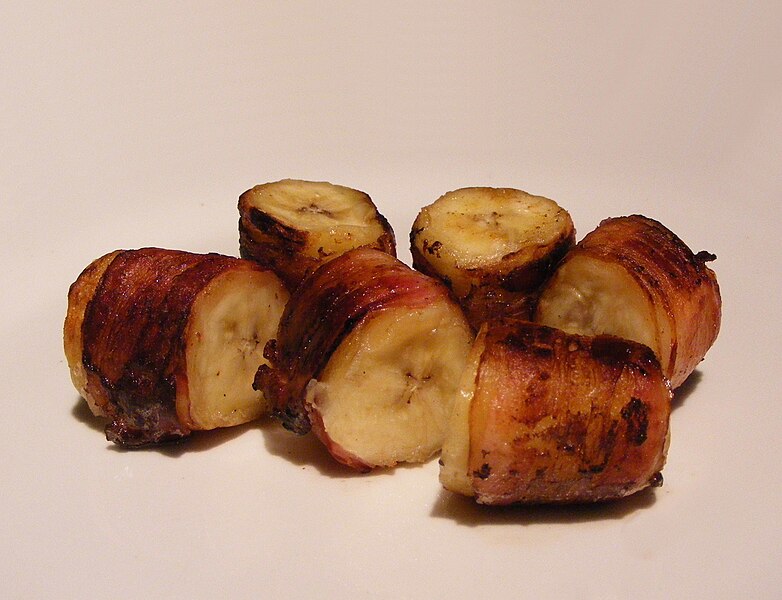A few quick thoughts on the 2010 Finca Flichman Dedicado from Mendoza, Argentina.
The Geekery

Finca Flichman was founded in 1910 though its origins actually date back to 1893 when a Jewish immigrant from Poland, Sami Flichman, first planted vines in the Barrancas region of Maipú southeast of Mendoza.
In 1998 the winery was acquired by the Portuguese firm SoGrape where it is now part of a portfolio that includes the port houses of Sandeman, Offley and Ferreira as well as Mateus, Quinta de Azevedo, Quinta dos Carvalhais, Casa Ferreirinha, Herdade do Peso, Grão Vasco, Vila Regia, Silk & Spice and Gazela.
Outside of Portugal, SoGrape also manages the production and distribution of Bodegas LAN in Rioja, Chateau Los Boldos in Chile and Framingham in New Zealand.
For the Dedicado series, the wines are exclusively sourced from the high altitude vineyards of the Tupungato (averages 4200 feet) in the Uco Valley. Germán Berra is the winemaker with Italian enologist Alberto Antonini (of Frescobaldi, Antinori and Col D’Orcia fame) consulting.
The blend varies each year with the 2010 a blend of 70% Cabernet Sauvignon, 25% Malbec and 5% Syrah. Around 1500 cases are made.
The Wine

Lots of spice notes in this complex Cab blend–especially tobacco spice.
Medium-plus intensity nose. Very spicy with a mix of tobacco spice, black pepper and oak spices–allspice and clove. Underneath is some dark fruit like currant and plums.
On the palate the fruit becomes a tad more pronounced but the cornucopia of spices are still running the show with each one jockeying for favor as the wine evolves in the glass. Medium-plus tannins are firm but soften with around 45 minutes of air. Medium-plus acidity maintains freshness and balances the full-bodied fruit. Long finish ends on the spice–particularly tobacco.
The Verdict
This is a wine begging to be paired with a juicy prime-rib steak. It’s something worth savoring over the course of a long dinner.
For $30-35, this wine offers a lot of heft and depth. Truthfully, it is probably under-priced compared to equivalent quality wines from California and Washington.













 A few quick thoughts on the 2017
A few quick thoughts on the 2017 
 A few quick thoughts on the 2013
A few quick thoughts on the 2013 

